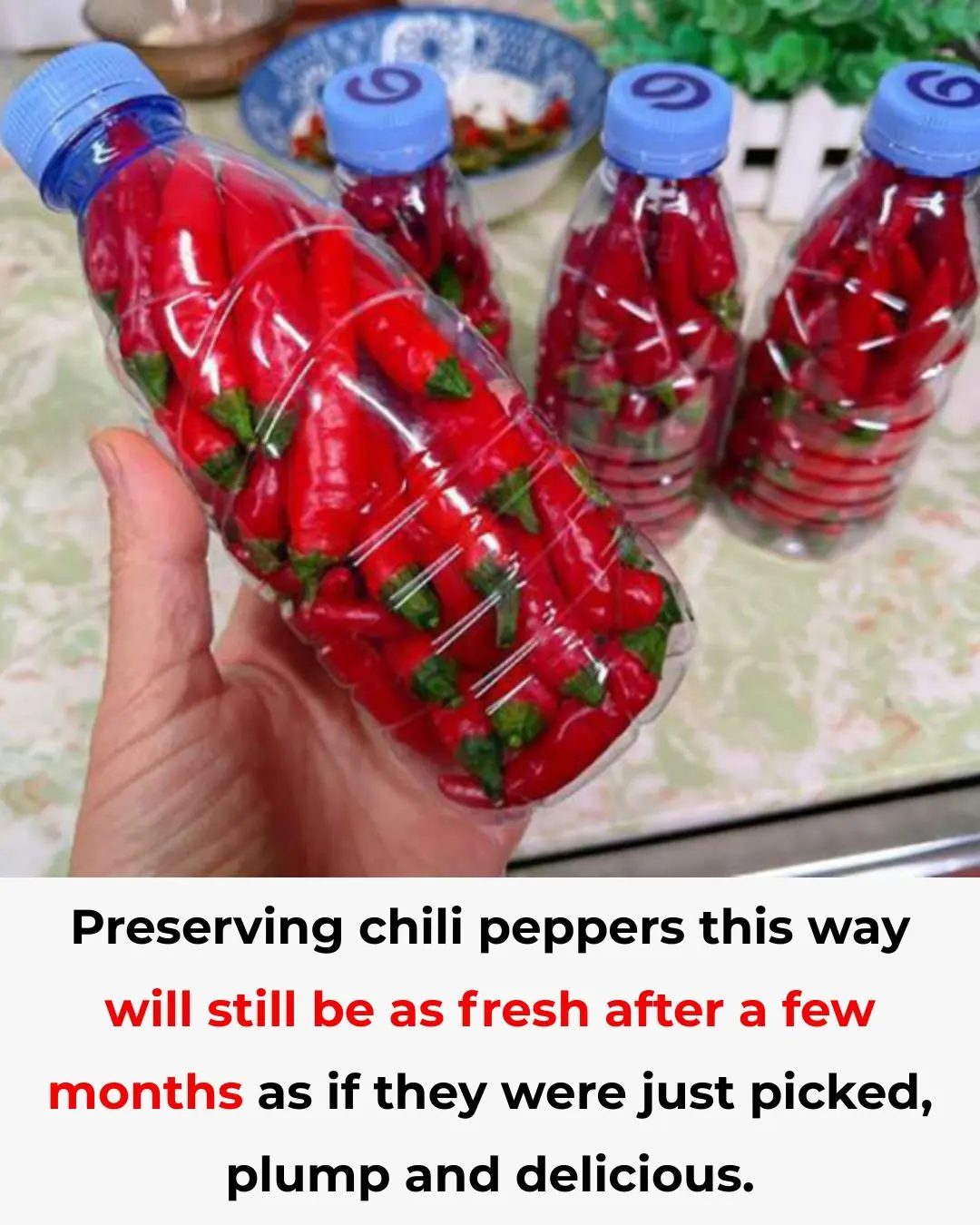
The whole world values this type of fruit even more than cordyceps; Vietnam has plenty of it, but no one knows to eat it.
🍈 The Fruit More Treasured Than Cordyceps — Vietnam Has It in Abundance, Yet Few Know to Eat It
Across the globe, certain fruits are hailed for their exceptional health benefits, earning nicknames like “longevity fruit” or “natural medicine.” One such fruit is so highly valued that it’s considered even more precious than cordyceps — the famed medicinal fungus known for boosting immunity and slowing aging. Surprisingly, this fruit grows abundantly in Vietnam, yet many locals still overlook it or treat it as a weed.
🌿 What Is This Mysterious Fruit?
While the exact fruit may vary depending on region and source, candidates often include:
-
Gac fruit (Momordica cochinchinensis): Rich in beta-carotene and lycopene, known for promoting eye health and reducing inflammation.
-
Wild pennywort (Centella asiatica): Used in traditional medicine for detoxification and brain health.
-
Wild fig or forest mulberry: Packed with antioxidants and fiber.
These fruits grow naturally in Vietnam’s countryside, often without the need for fertilizers or pesticides — making them clean, organic, and sustainable.
🌍 Why the World Values It More Than Cordyceps
-
Nutritional density: Some wild fruits contain more antioxidants, vitamins, and minerals than cordyceps.
-
Medicinal properties: Used in traditional remedies for liver health, skin rejuvenation, and anti-aging.
-
Export potential: Highly sought after in countries like Japan and South Korea, where they’re considered superfoods.
-
Low cost, high value: Unlike cordyceps, which are expensive and rare, these fruits are accessible and affordable.
🇻🇳 Why Vietnamese People Still Pull Them Out
-
Lack of awareness: Many locals don’t recognize their health benefits or culinary uses.
-
Cultural habits: Preference for familiar fruits like mango, lychee, or dragon fruit.
-
Misidentification: Some wild fruits resemble weeds or toxic plants, leading to caution or removal.
-
Urbanization: As cities expand, wild-growing areas are cleared, reducing access to these natural treasures.
🧠 What Can Be Done?
To preserve and promote these native superfruits, Vietnam could:
-
Educate communities on their nutritional value and safe preparation.
-
Incorporate them into local cuisine through recipes, juices, and snacks.
-
Support farmers and foragers who cultivate or harvest them sustainably.
-
Encourage research and documentation to distinguish beneficial species from harmful ones.
🌟 Bonus: How to Use These Fruits
-
Gac fruit: Make gac rice (xôi gấc), smoothies, or extract oil for skin care.
-
Pennywort: Blend into detox drinks or add to salads.
-
Wild figs: Eat fresh, dry for snacks, or use in herbal teas.
By rediscovering and embracing these overlooked fruits, Vietnam can unlock a treasure trove of health benefits, economic opportunities, and cultural pride. Sometimes, the most powerful remedies are growing right under our feet — we just need to recognize them.
News in the same category


You’re doing it all wrong. Here’s the right way to store eggs

The reasons why public toilet doors don't touch the ground.

Pouring Salt into the Toilet: Everyone Thinks It’s Crazy, but Once You Know Its Benefits, You’ll Try It at Home Immediately

Black Mold on Refrigerator Seals? Use This Trick to Clean It in Just 5 Minutes

Don’t Ignore This: Check Your Fridge Now and Remove These 7 Items Before It’s Too Late

Why is that and the answer for those who don't know?

Why Do Flat Electrical Plugs Have Two Round Holes? The Hidden Function Is Brilliant

What Your Pile of Dirty Dishes Might Really Be Saying About You

You're doing it all wrong. Here’s the right way to store butter

Why There’s a Dent in Your Milk Jug—and What It Actually Does

The more you clean a leaky house, the dirtier it gets: Do this to dry it, with immediate effect

During humid spring rains, put this in the bathroom to help deodorize, avoid moisture, and save cleaning time.
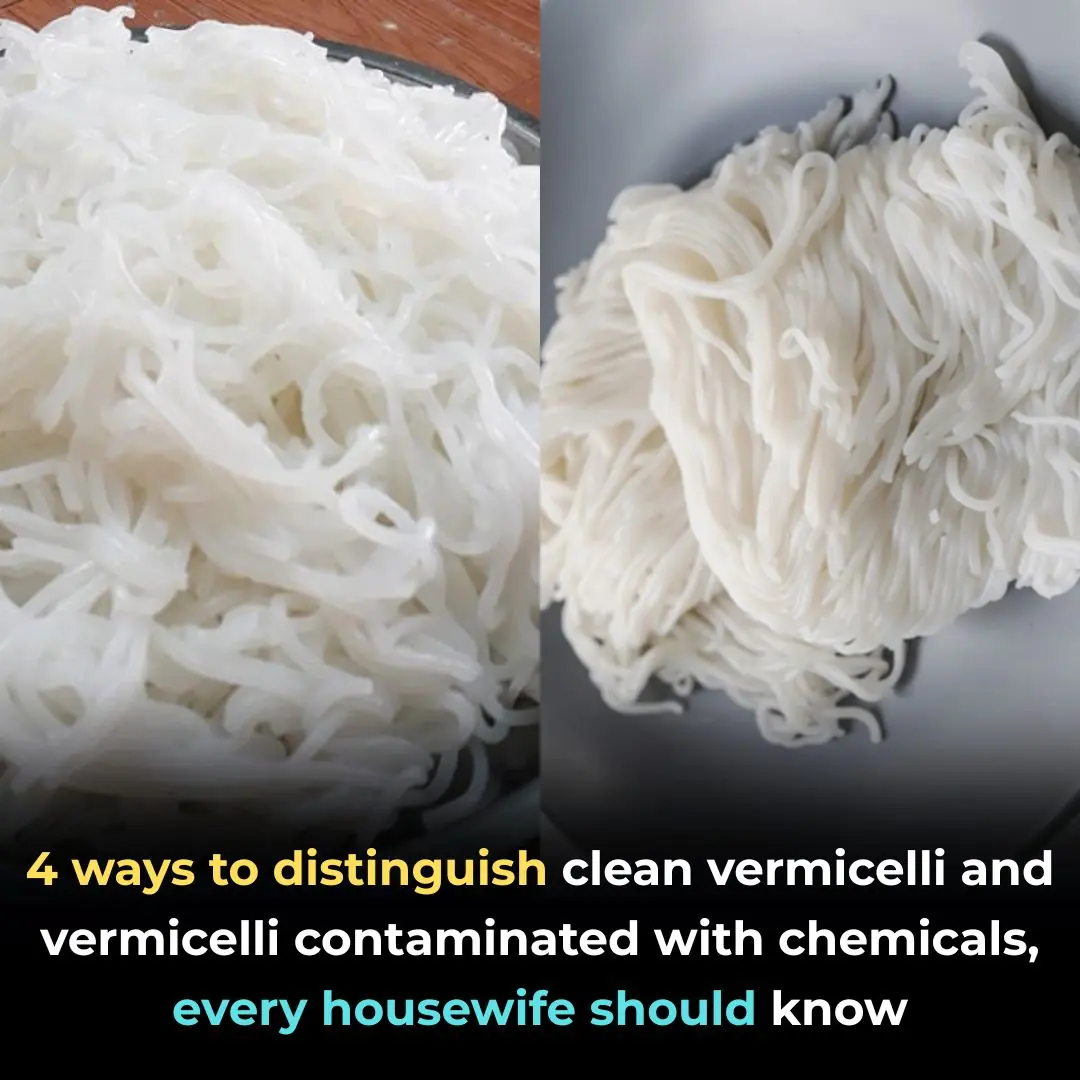
4 ways to distinguish clean vermicelli and vermicelli contaminated with chemicals, every housewife should know
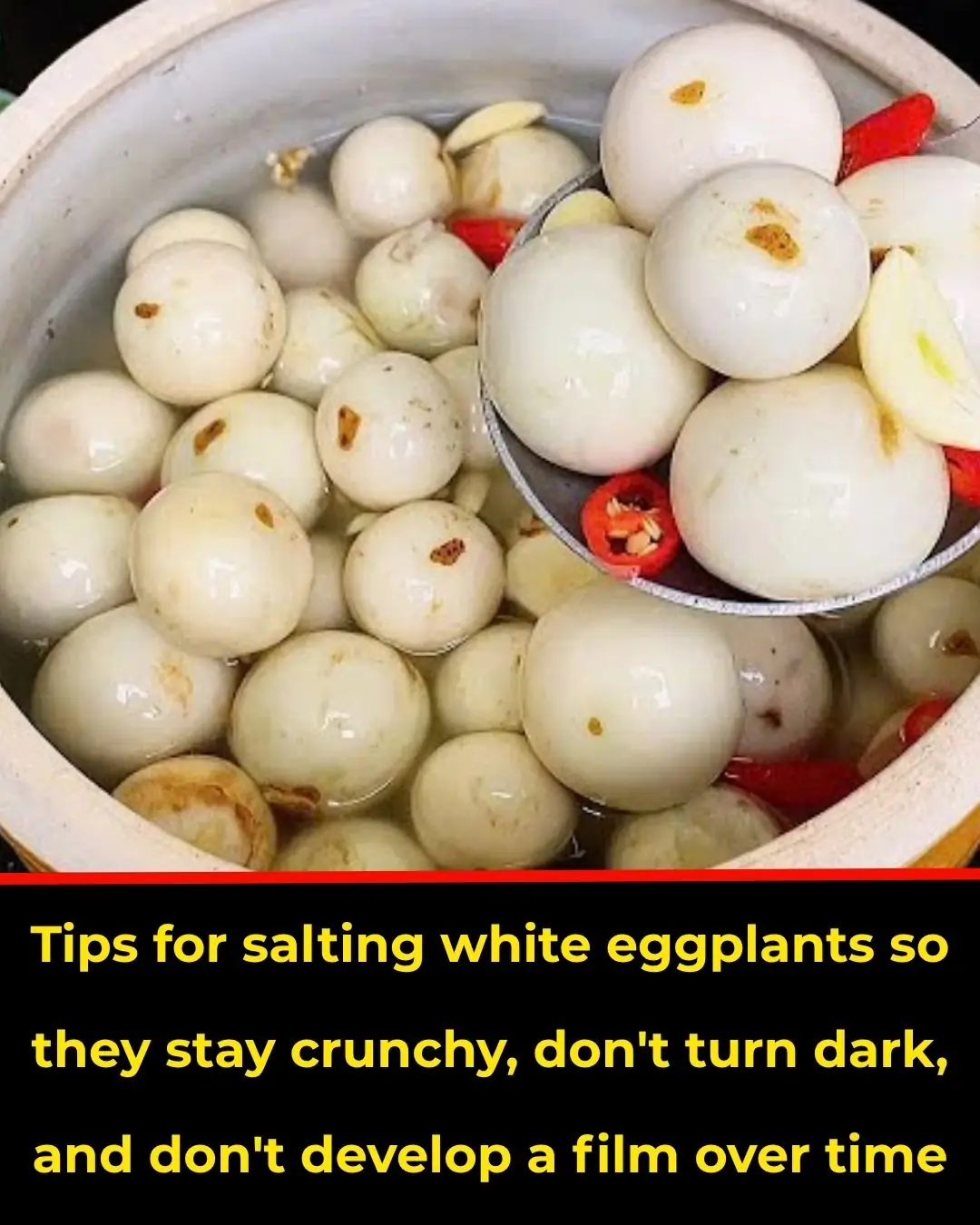
Tips for salting white eggplants so they stay crunchy, don't turn black, and don't develop mold over time
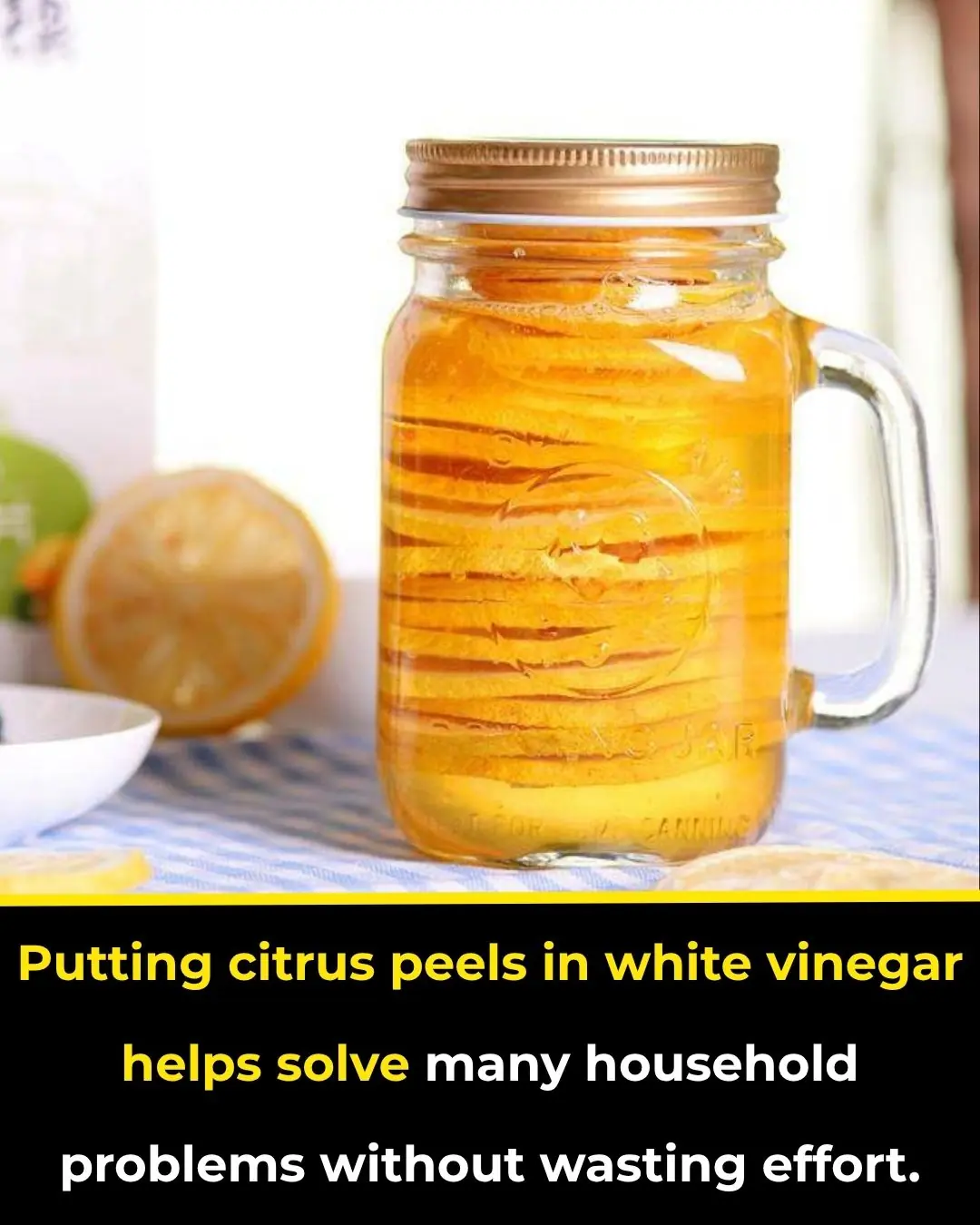
Putting citrus peels in white vinegar helps solve many household problems without wasting effort.

You are doing it all wrong. Here's the right way to clean your windows

My nana taught me this hack to whiten dingy grout in 4 mins with 0 work. Here’s how it works

You’re doing it all wrong. Here’s the right way to dust your home
News Post

Unlock Your Body’s Hidden Power: Try Garlic and Honey on an Empty Stomach for 7 Days

Tragus Piercing What Does It Mean
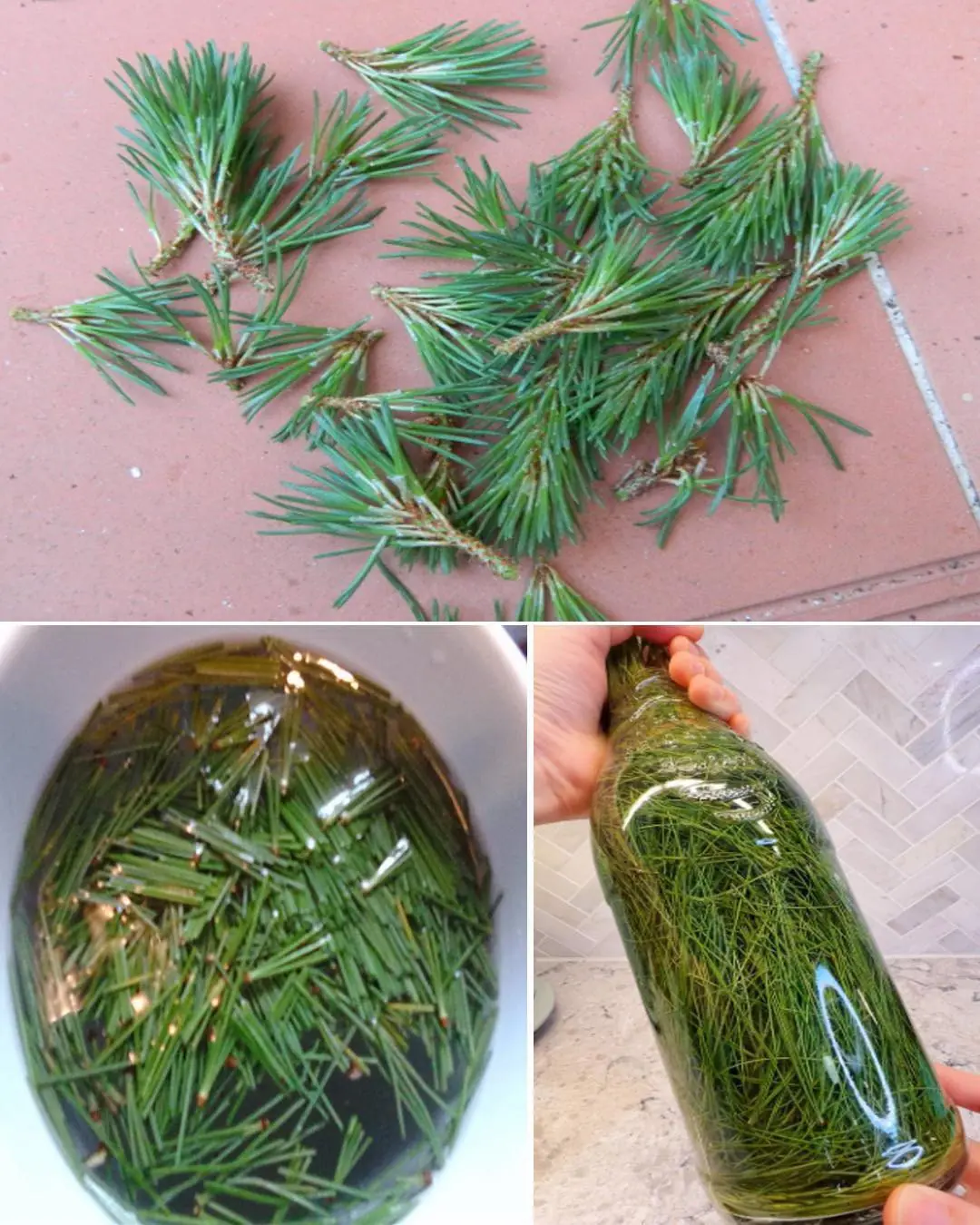
9 Health Benefits of Pine Needles
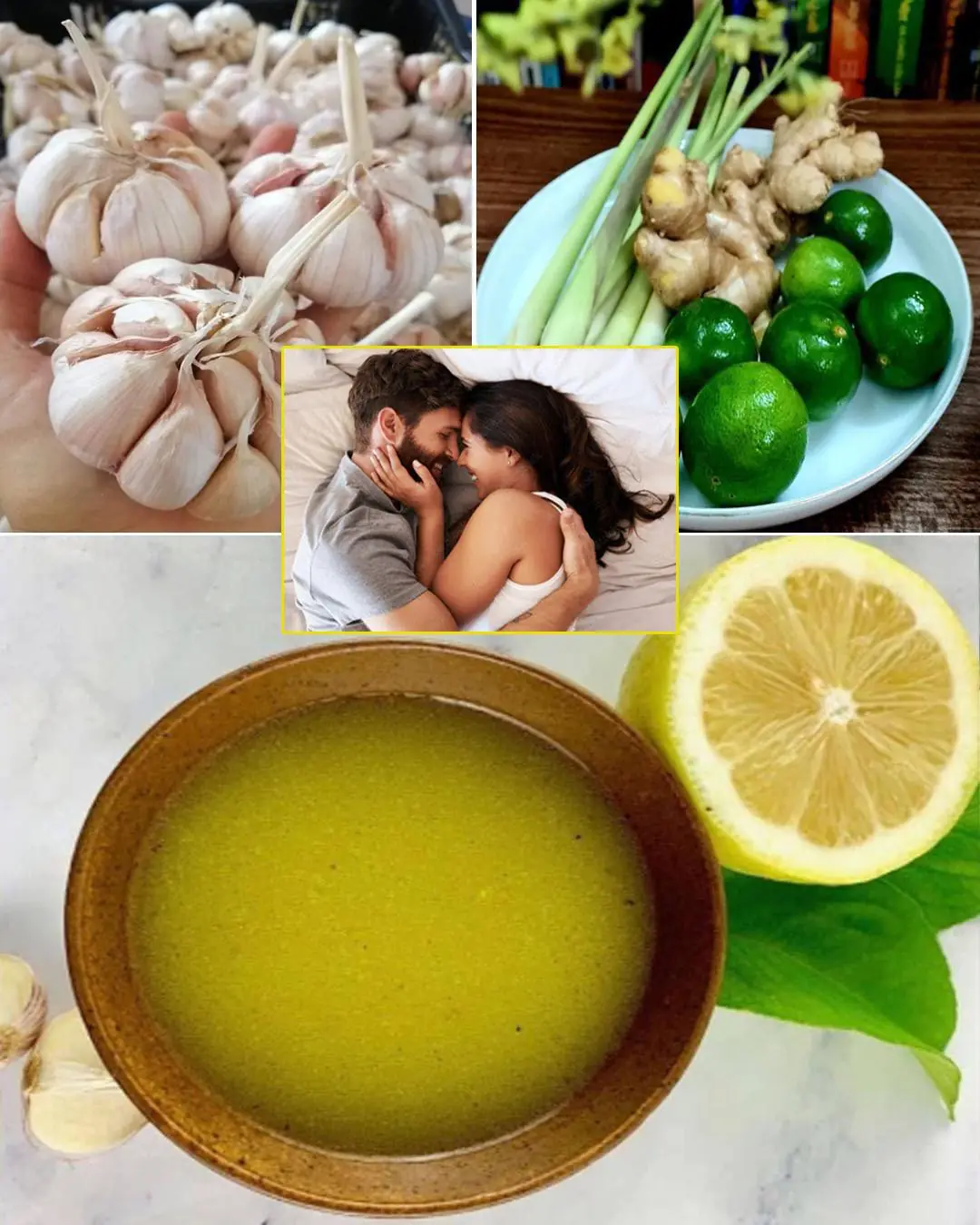
Unlock The Incredible Health Benefits of Garlic, Ginger and Lemon for Men
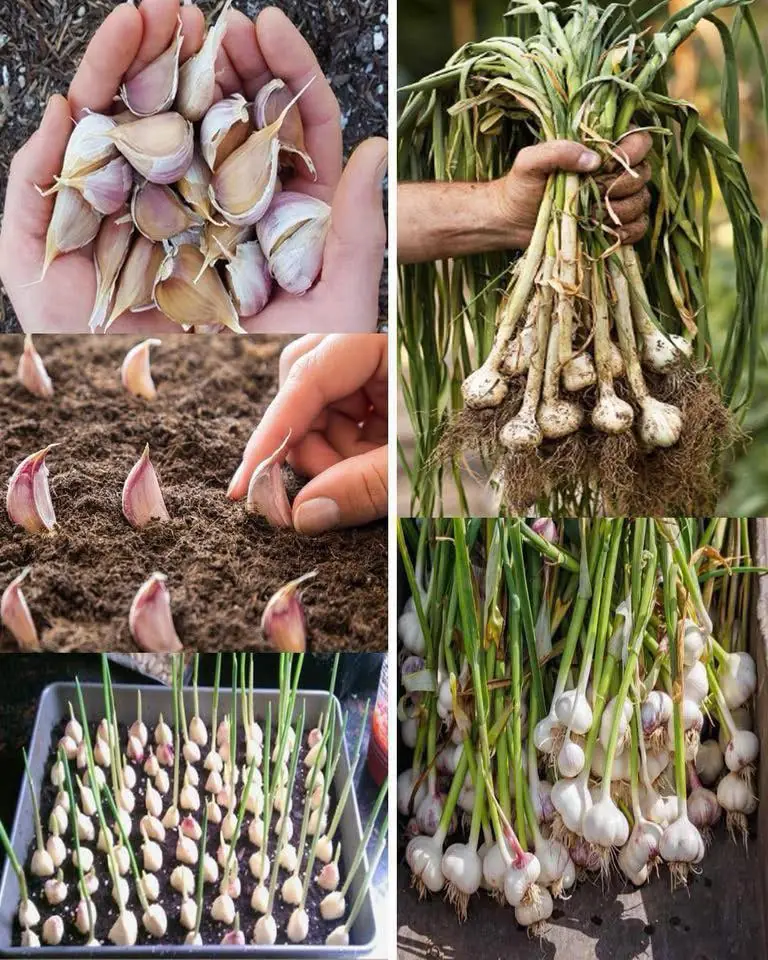
A special method to grow garlic in plastic bottles
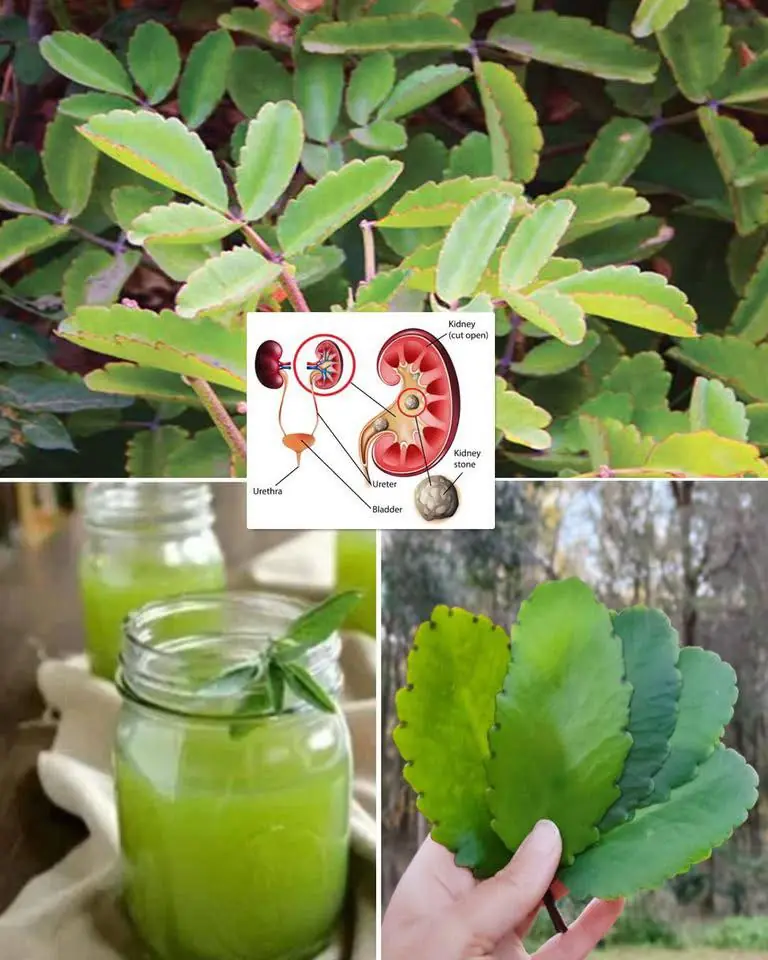
7 Benefits of the Miracle Leaf of Life
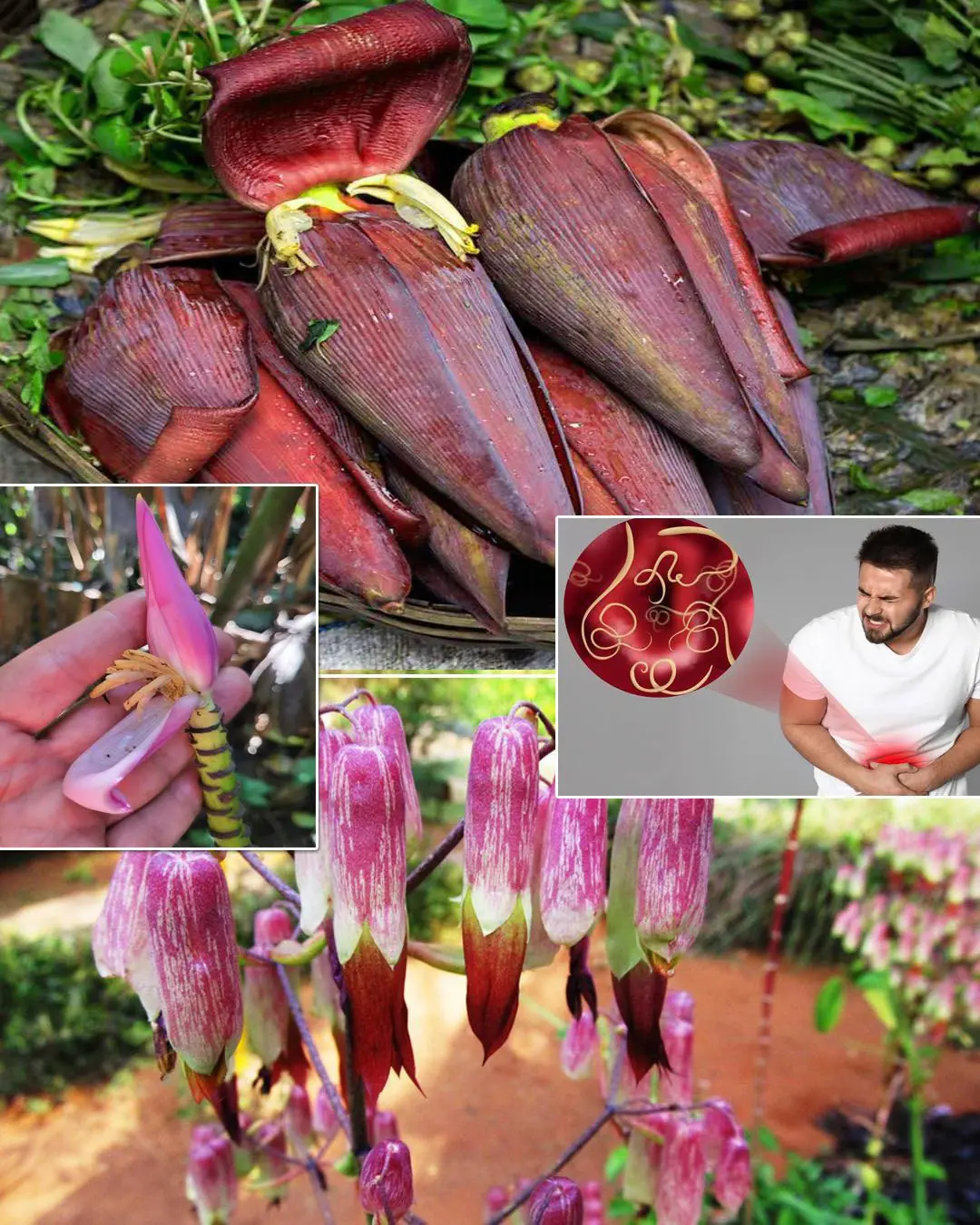
7 Amazing Health Benefits of Banana Blossoms
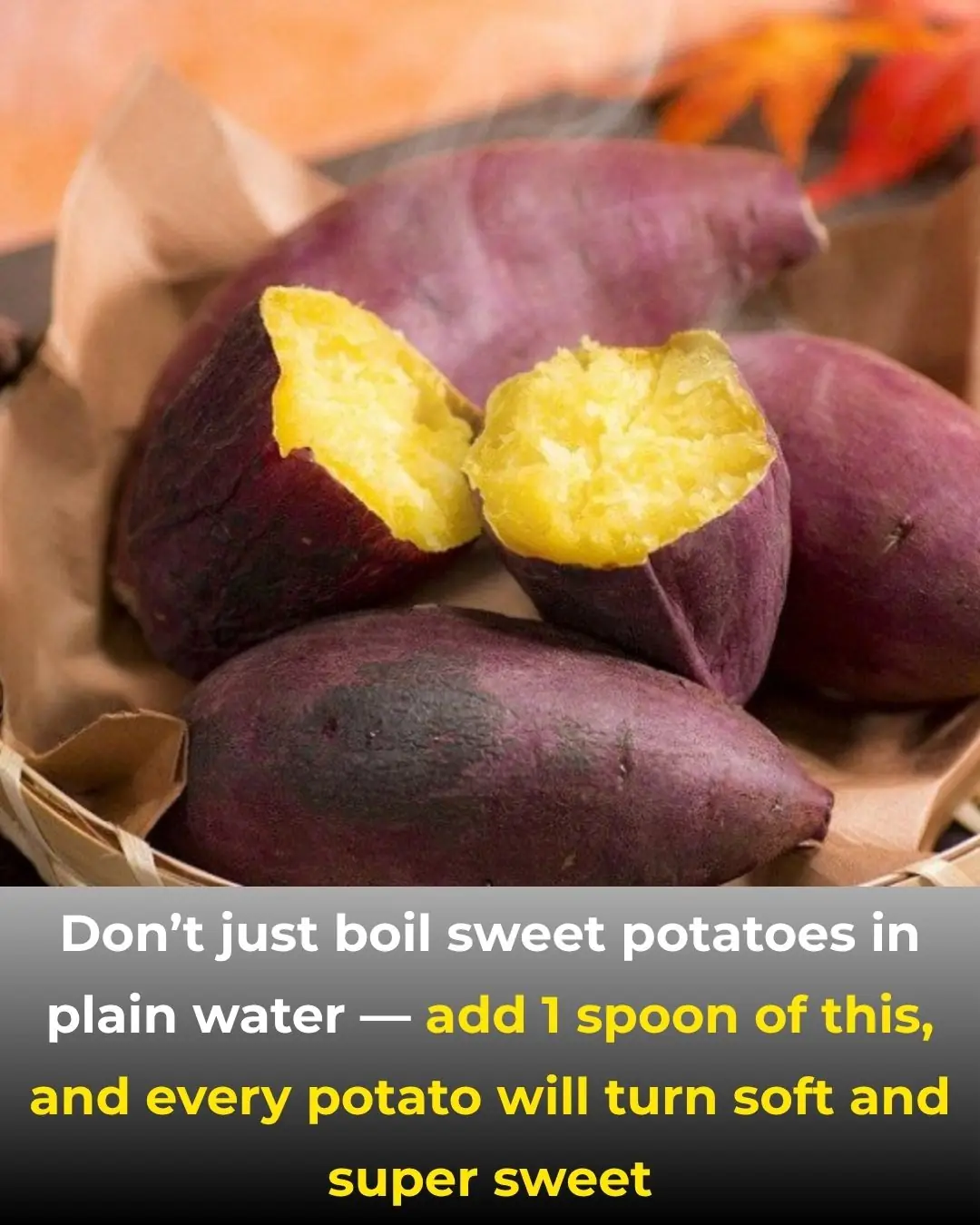
Boiling Sweet Potatoes: Don’t Just Add Plain Water—Add This Spoonful for Perfectly Fluffy, Sweet Results
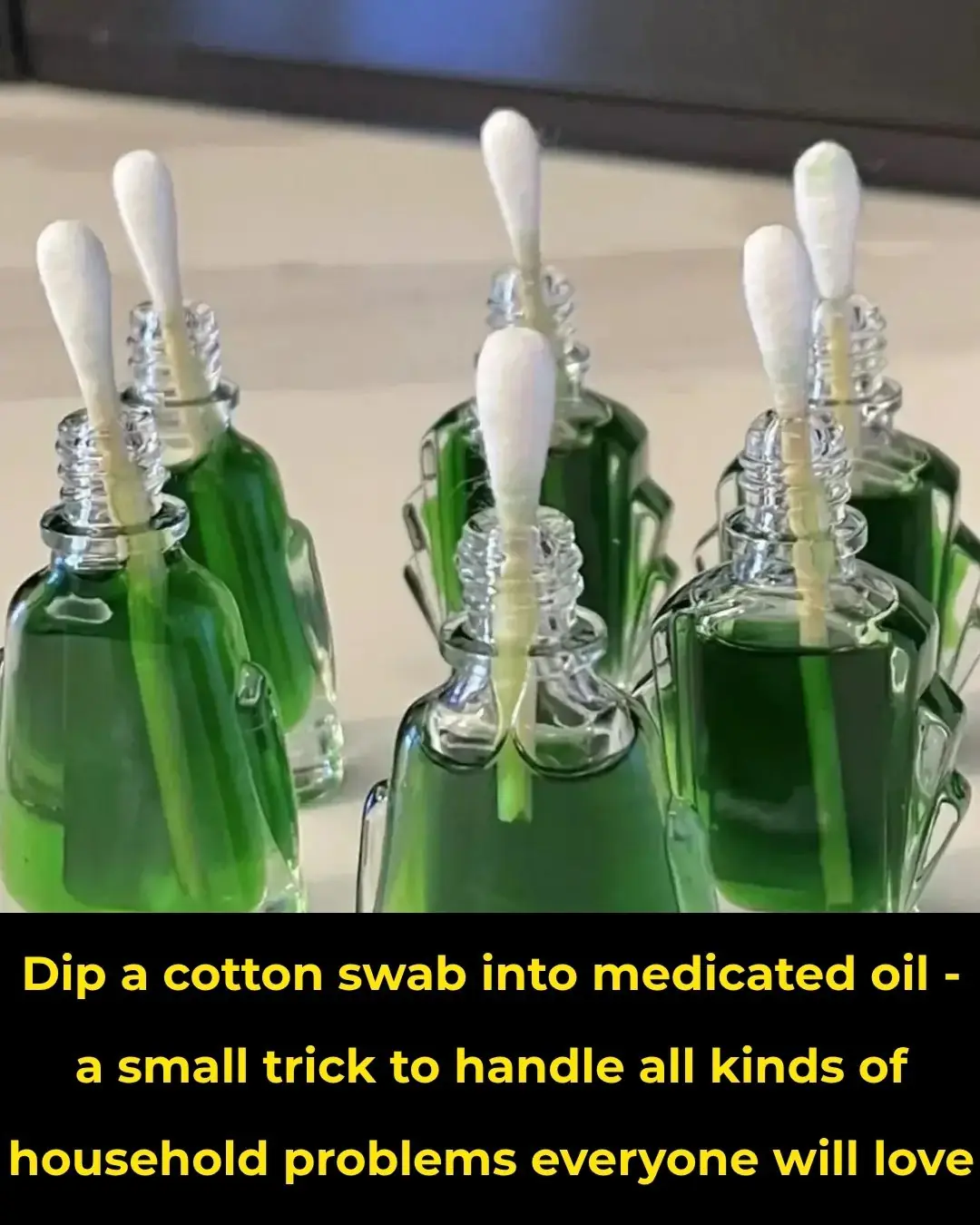
The Science Behind Putting a Cotton Swab in a Menthol Oil Bottle

More People Are Struggling with Visceral Fat — Doctors Reveal 9 Foods That Help Burn It Naturally
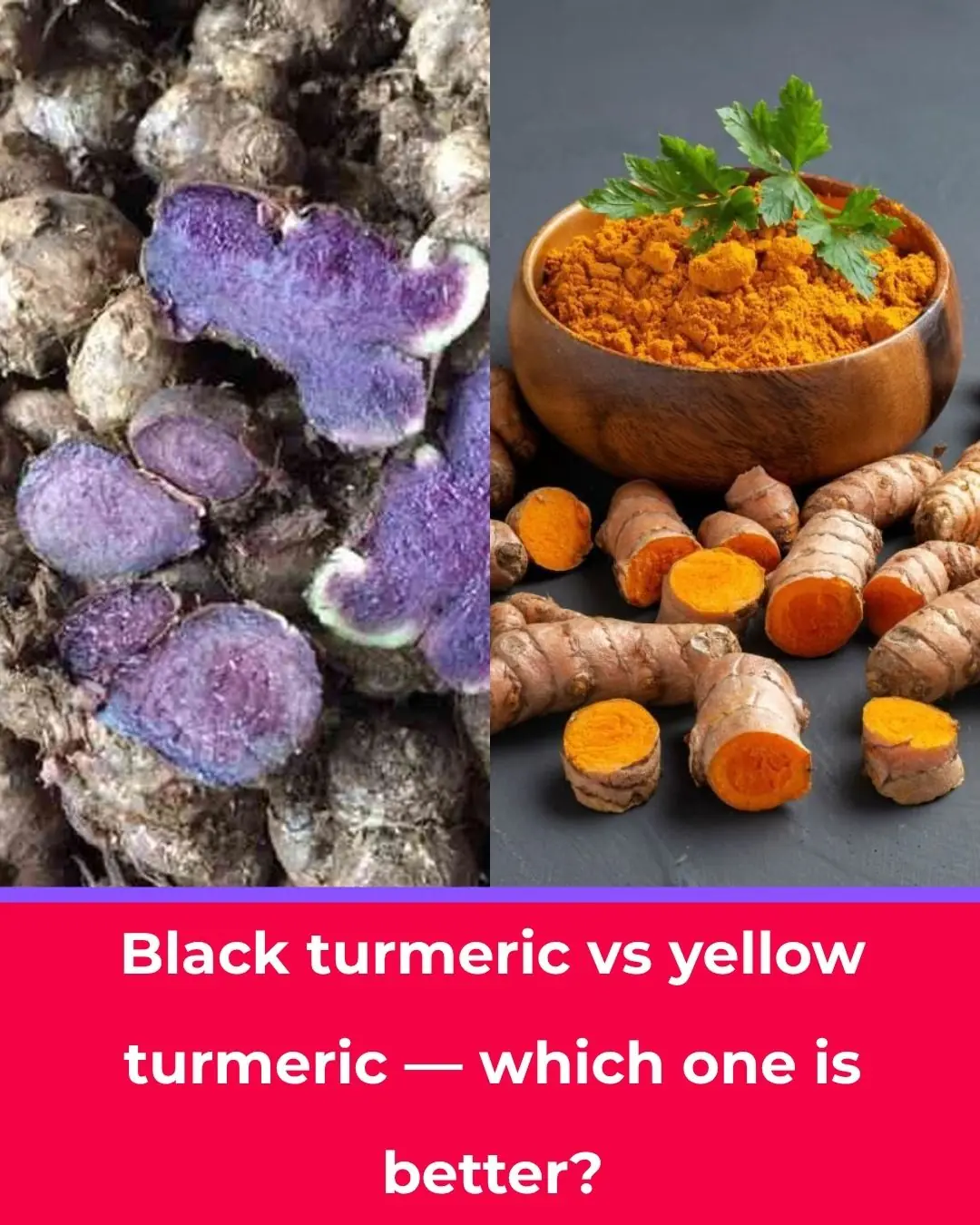
Black Turmeric vs. Yellow Turmeric: Which One Is Better?

Starve cancer: the diet rotation strategy you need to know

Like to see more from Tips for the Home

💪 Sarcopenia: Why Muscle Loss Happens & How to Fight It (After 50)

I Had No Idea About This!

These Ideas Are Amazing: 10 Clever Ways to Use Dryer Sheets Beyond the Laundry Room

Most Don’t Know: 13 Brilliant Ways to Use WD-40 Around the House
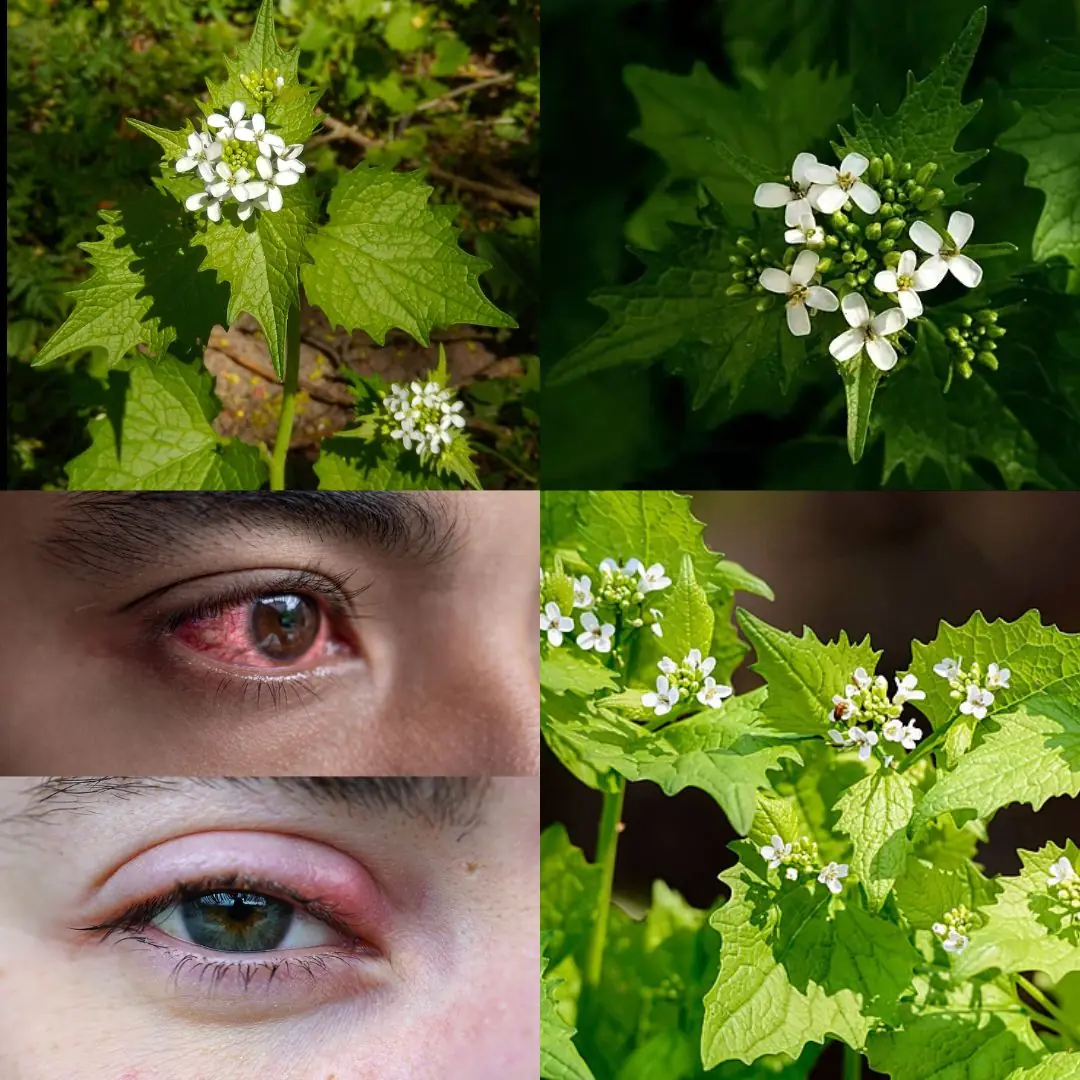
Garlic Mustard: The Overlooked Herb That Can Boost Your Health — Especially Your Eyes

SHOCKING NEW STUDY REVEALS WHAT MIGHT BE SILENTLY DESTROYING HUMAN FERTILITY
